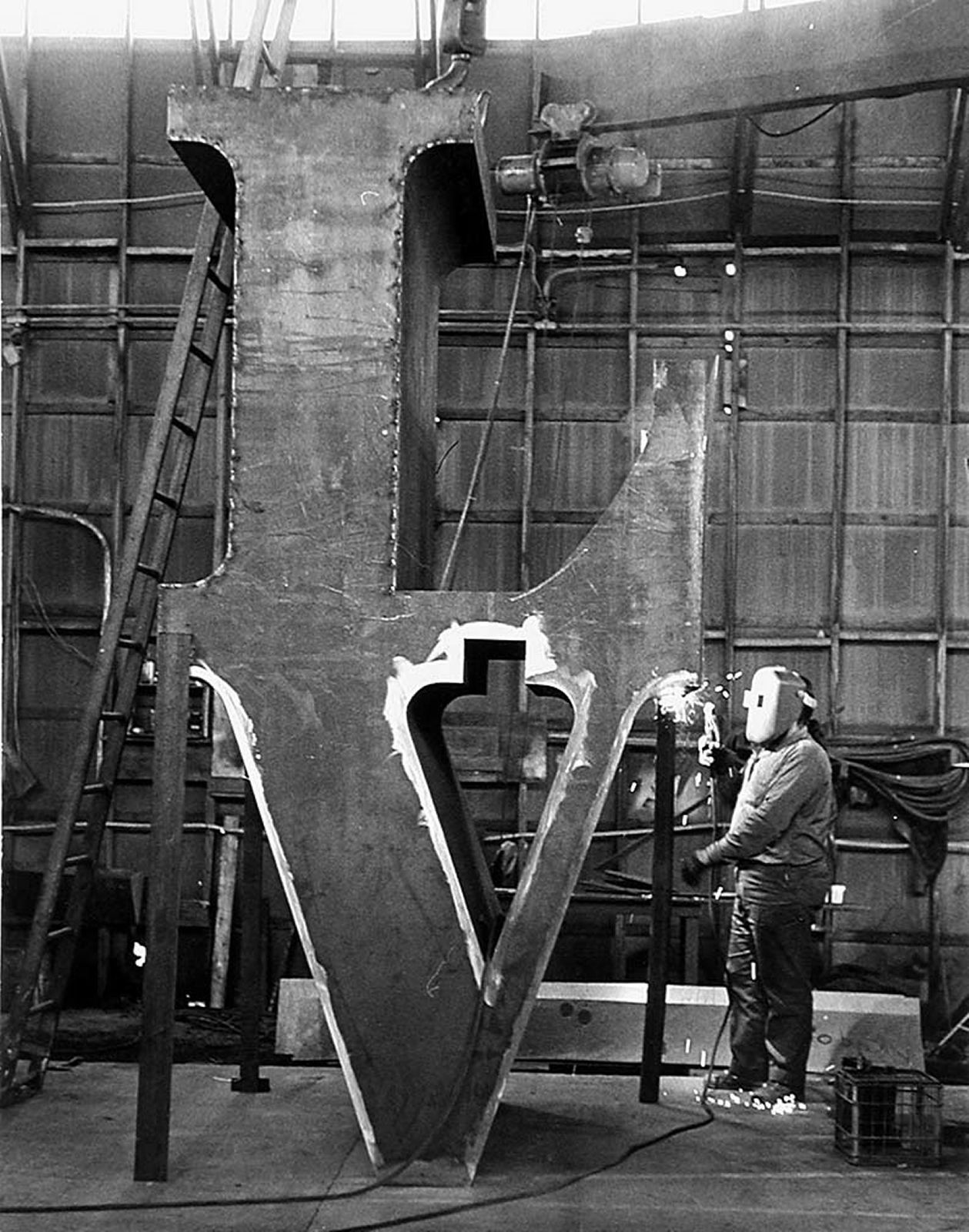
beloved artwork
The year is 1964. Robert Indiana designs a Christmas postcard commissioned by the Museum of Modern Art in New York. Little does he know yet that this work is about to bring him worldwide fame and become one of the most recognizable examples of contemporary art in all history.
The design is incredibly simple. Four letters that make up the word “LOVE” – two at the top, two at the bottom, minimalist font, no embellishments; the only dynamic element is the characteristic, slightly skewed letter “O”. As Ludwig Mies van der Rohe put it, “less is more”. In many ways, however, this is a bold design. It’s important to remember that it was conceived as a Christmas postcard and yet there is no nativity scene there, no Christmas star, no Christmas tree or gifts. The artist rejects anything that might distract us from celebrating this holiday and makes love the only real protagonist.
Six years after submitting the original postcard, in 1970, the artist breathes new life into the inscription, transferring it from a sheet of paper to a three-dimensional design. Made of weathering steel, the sculpture quickly clicks with the public. The first copy is part of the permanent collection at the Indianapolis Museum of Art. But that’s only the beginning. Over the next decades, the artist creates over 50 such sculptures for different cities around the world. Today, they can be found, among others, in New York City, Washington, Montreal, London, Berlin, Bilbao, Hong Kong, Tokyo, Seoul, and Mumbai.
But with love knowing no borders, the artist soon goes on to make foreign-language versions of his sculpture to make it even more universal and accessible for non-English speakers. The Italian sculpture “AMOR” is located in the Galleria Vittorio Emanuele II in Milan, while the inscription AHAVA (Hebrew: אהבה) decorates the Art Garden in the Israel Museum in Jerusalem. There is a Chinese and Spanish version as well.
Each work of art that gains worldwide fame detaches from the artist and begins to live its own life. The inscription LOVE, which the artist associated with the Christian religion and the statement “God is love”, has gained a number of additional meanings over time. Very quickly, with the development of the hippie movement, the sculpture became a symbol of free and unfettered love. To this day, Indiana’s work is reproduced on posters, T-shirts and greeting cards, having become a part of our everyday life and clearly also subject to very different interpretations that are ascribed to it.
transl. Jakub Majchrzak








